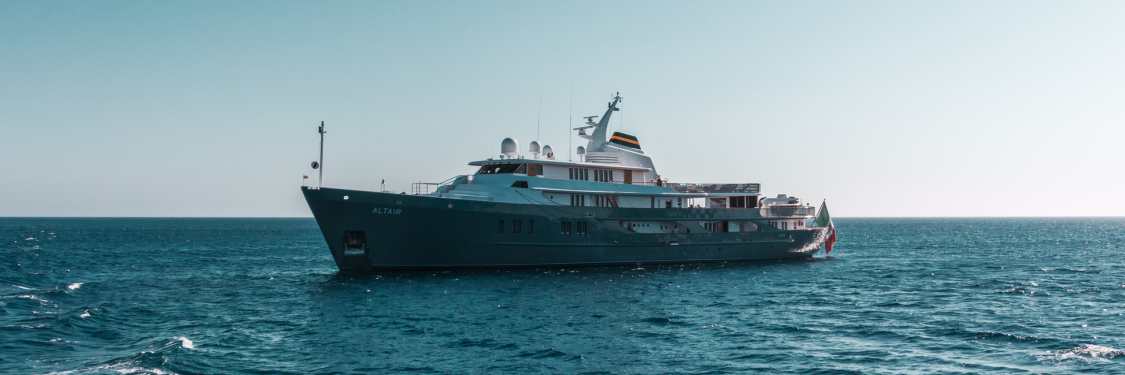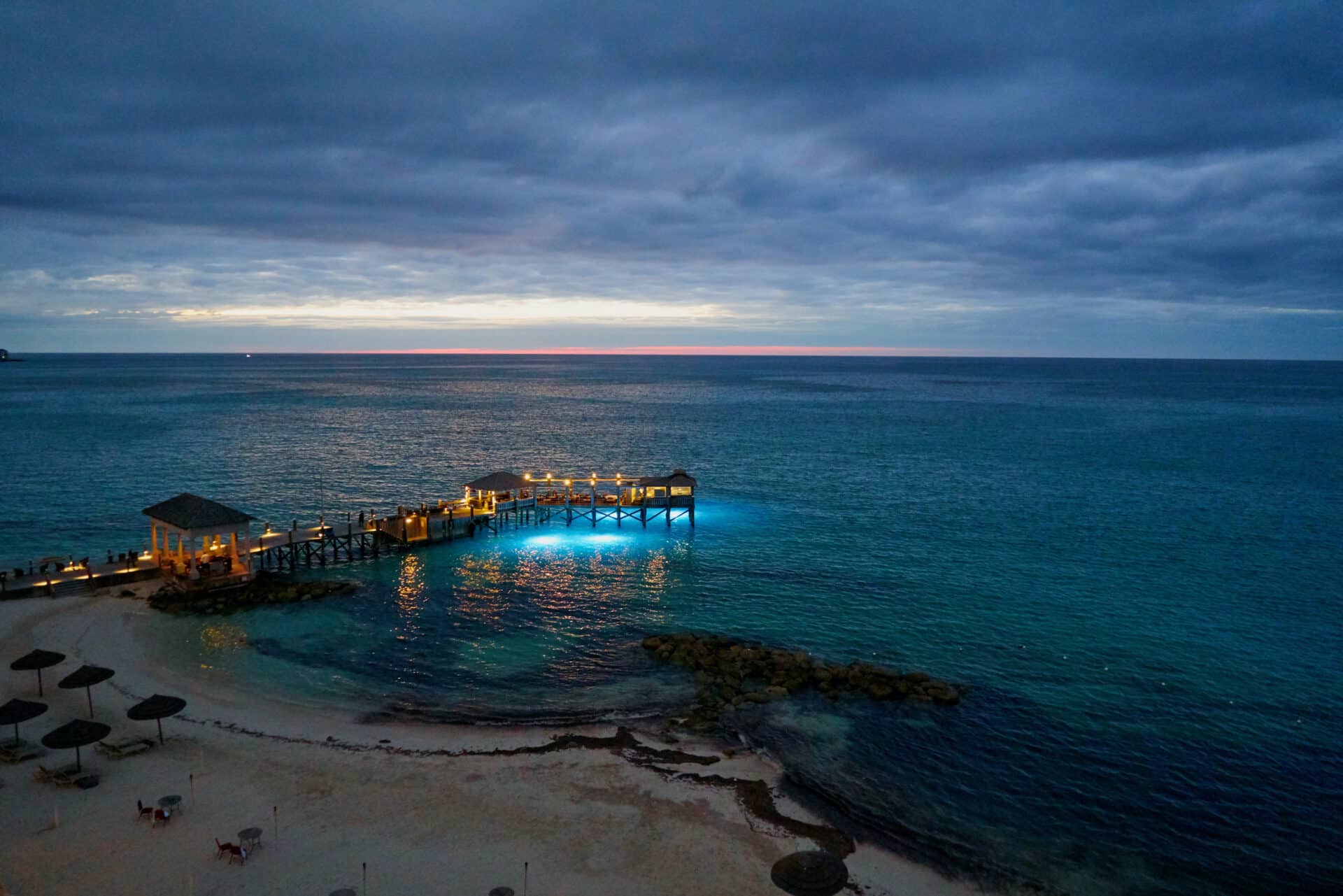The Bahamas (Northern Region)
Turks and Caicos
Amsterdam
Cyprus
Cayman Islands
Jamaica
Barbados
British Virgin Islands

March 22 2024
As experienced shipping lawyers we’re regularly involved in complex legal disputes involving ship owners, charterers, lenders, port authorities and others. We have a high success rate and, while it’s one thing for a case to succeed in court, it’s sometimes another to secure or enforce the judgment. The way judgments are enforced varies widely from country to country. Options for a successful litigant will also depend on the terms of any contract and the nature of the judgment itself. Rules about enforcement of maritime judgments in particular may also be relevant.
Our comprehensive maritime litigation service includes planning ahead for the possibility that a judgment you secure might be difficult to enforce. Our specialist shipping and maritime work regularly involves other jurisdictions, notably the US. Here we look at a very specific set of US rules applicable to admiralty or maritime enforcement proceedings. ‘Rule B’ of the Supplemental Federal Rules of Civil Procedure for Admiralty and Maritime Claims provides those bringing maritime claims with a valuable tool to secure their monetary claim – before they actually succeed in obtaining a judgment. This guards against the all too common scenario of a defendant hiding or dissipating assets to frustrate the plaintiff’s claim. As we’ll see below however, while the Rule B procedure is a useful and effective remedy it applies only in limited circumstances.
You can get in touch with our maritime team directly on 1-242-352-6110 and 1-242-352-6112. Alternatively, you can always contact us online.
What is Rule B?
Rule B of the US Federal Rules of Civil Procedure enables a court to attach or earmark a defendant’s property up to the value of a claim made against it before the case has been decided definitively. Note that:
The plaintiff doesn’t need to give the defendant notice of starting the Rule B procedure so there is an element of surprise in a successful application: often the defendant will only become aware of the plaintiff’s action when the assets have already become the subject of the attachment order.
How to Succeed In A Claim Under Rule B – Bunge SA v ADM International (2023)
The 2023 case of Bunge SA v ADM International (2023) is interesting because within the same case one aspect of the claim was deemed suitable for a Rule B attachment while another was deemed unsuitable. Briefly the facts were as follows:
In 2018 Tongli Shipping chartered the cargo ship M/V Orient Rise to Bunge SA for a fixed period. Bunge in turn chartered eth M/V to ADM International under a voyage charterparty for a one-off trip to ship fertiliser from Saudi Arabia to Mississippi.
On berthing on the Mississippi River, the M/V Orient Rise lost two anchors and there were problems unloading the cargo. This resulted in the ship having to undergo repairs at significant cost.
Because the repair bill remained unpaid the berth’s owner arrested the ship. The owners, Tongli, settled the dispute with the berth operator and then started arbitration proceedings against Bunge SA arguing that under the terms of their charter agreement Bunge was required to indemnify Tongli.
Bunge then issued counterclaims against both Tongli (because it had breached the safe port warranty in their agreement) and separate arbitration proceedings against ADM as a backup in case they failed in their counterclaim against Tongli.
Frustrated with a lack of progress in the arbitration proceedings, in 2022 Bunge issued breach of contract proceedings in Delaware seeking to attach ADM’s assets under Rule B. Unsuccessful at District Court level Bunge appealed.
The appeal court confirmed that the Bunge claim against ADM for any future payment Bunge was ordered to pay Tongli could be brought either as a claim for an implied indemnity or as a breach of contract claim. In relation to both types of claim the court decided as follows:
Comment
In our experience it’s often a long-drawn-out exercise to secure payment of a judgment debt, and this increases the likelihood that the defendant debtor will try to frustrate your judgment by moving assets out of reach or by simply dissipating them. The US Rule B attachment procedure we have discussed here is, in appropriate cases an effective countermeasure to such attempts. As the judge in the Bunge case made clear in his opening remarks however:
“Litigation involves uncertainty. There is always a risk that after judgment is entered, the other side will not pay. Security is sometimes available to mitigate this risk, but even admiralty’s powerful attachment procedure has limits. (This case) has tested those limits..”
Contact Us
For advice on how to enforce judgments in the Bahamas and overseas, please feel free to reach out to us at ParrisWhittaker for an initial, no-obligation discussion.
CLOSE X
